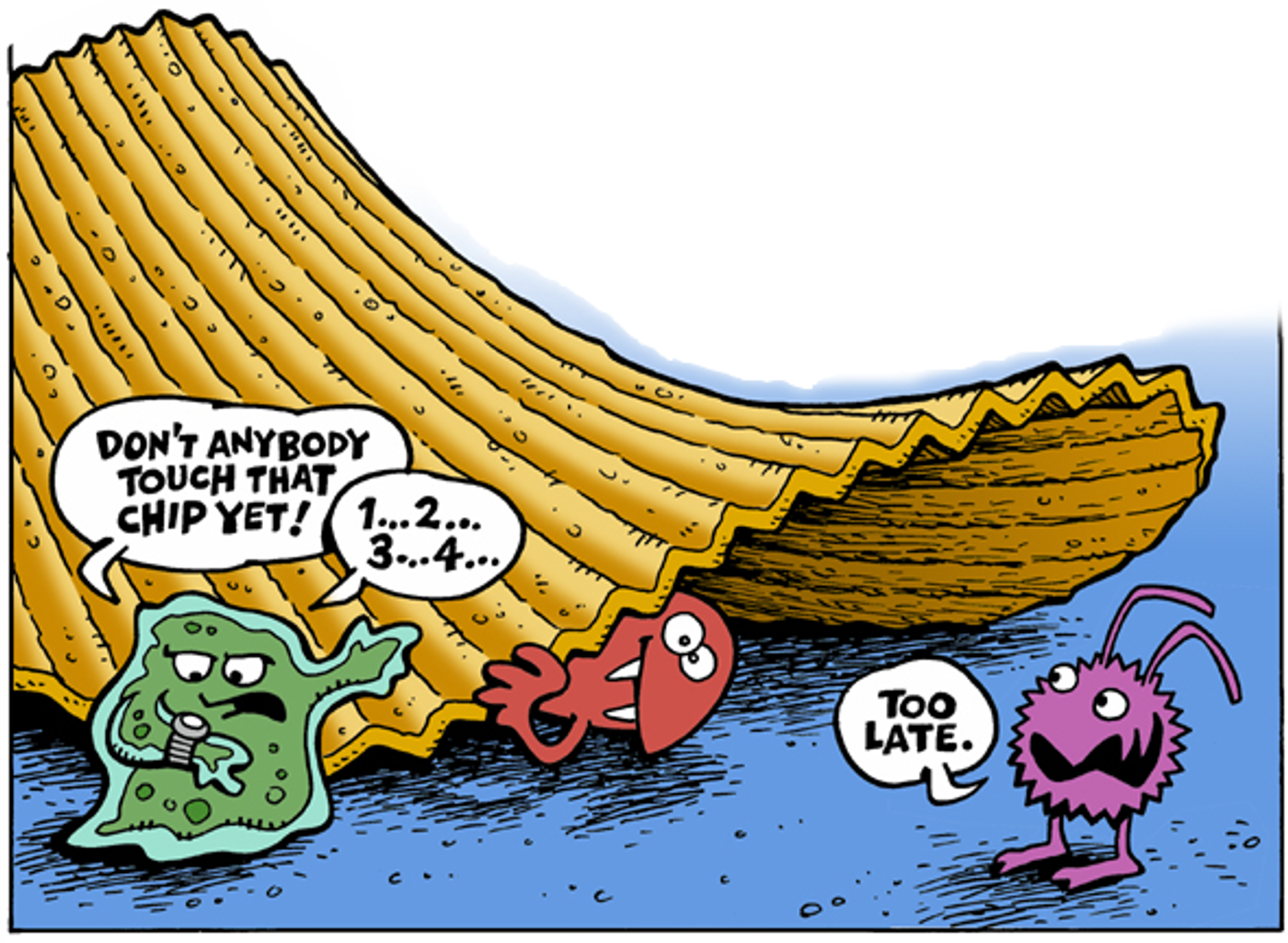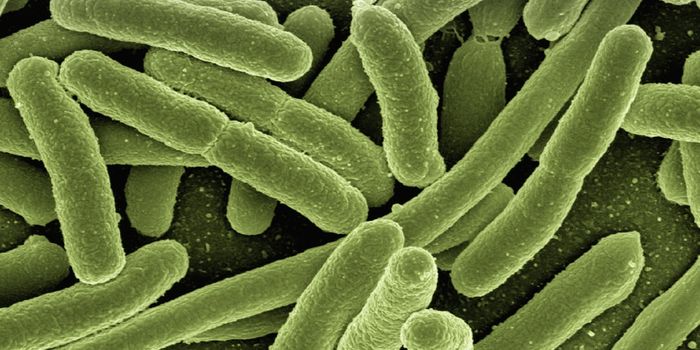Researchers took the time to scientifically test out the common belief that if you pick food up fast enough after it’s been dropped on the floor, it’s still totally safe to eat – otherwise known as the five second rule. They found that in fact, the transfer of bacteria on to dropped food can happen more or less instantaneously, although the type of food and the surface on which it is dropped appear to have some influence. Regardless, might be best to at least think twice before snatching that candy bar off the floor for another bite.
The work was published in the journal of the American Society for Microbiology, Applied and Environmental Microbiology. The research was led by Donald Schaffner, a Professor of Food Science, who determined that surface type, moisture, and contact time can all contribute to bacterial contamination.
"The popular notion of the 'five-second rule' is that food dropped on the floor, but picked up quickly, is safe to eat because bacteria need time to transfer," Schaffner commented, adding that while the popularly known "rule" has been featured by at least two TV programs (such as MythBusters), there is a limited amount of peer-reviewed research on the matter. You can watch an amateur examination of the rule in the video below.
"We decided to look into this because the practice is so widespread. The topic might appear 'light' but we wanted our results backed by solid science," explained Schaffner, who performed the work along with Robyn Miranda, a graduate student in his laboratory at the School of Environmental and Biological Sciences, Rutgers University-New Brunswick.
Four different surfaces were tested, stainless steel, tile, wood and carpet, along with four different foods, watermelon, bread, bread and butter, and gummy candy. They tested four times of contact, under a second, and five, 30 and 300 seconds. Additionally, two kinds of growth media were utilized to grow a nonpathogenic type of Salmonella that naturally lives in the human digestive system, Enterobacter aerogenes.
All the variables were tested in combination, for a total of 128 evaluated transfer scenarios; each was replicated 20 times to yield 2,560 measurements.
Watermelon, unsurprisingly, had the most contamination, while gummy candy had the least. "Transfer of bacteria from surfaces to food appears to be affected most by moisture," said Schaffner. "Bacteria don't have legs, they move with the moisture, and the wetter the food, the higher the risk of transfer. Also, longer food contact times usually result in the transfer of more bacteria from each surface to food."
The surprise of the study is that carpet has very low transfer rates compared to that of tile and stainless steel, with wood being variable. "The topography of the surface and food seem to play an important role in bacterial transfer," Schaffner explained.
The researchers have proven that longer times of contact causes more bacterial transfer, but the research also indicates that mutiple factors, including the physical characteristics of both the food and the surface it falls on, are equally if not more important.
"The five-second rule is a significant oversimplification of what actually happens when bacteria transfer from a surface to food. Bacteria can contaminate instantaneously," Schaffner concluded.
Sources:
AAAS/Eurekalert! via
Rutgers University,
American Society for Microbiology









